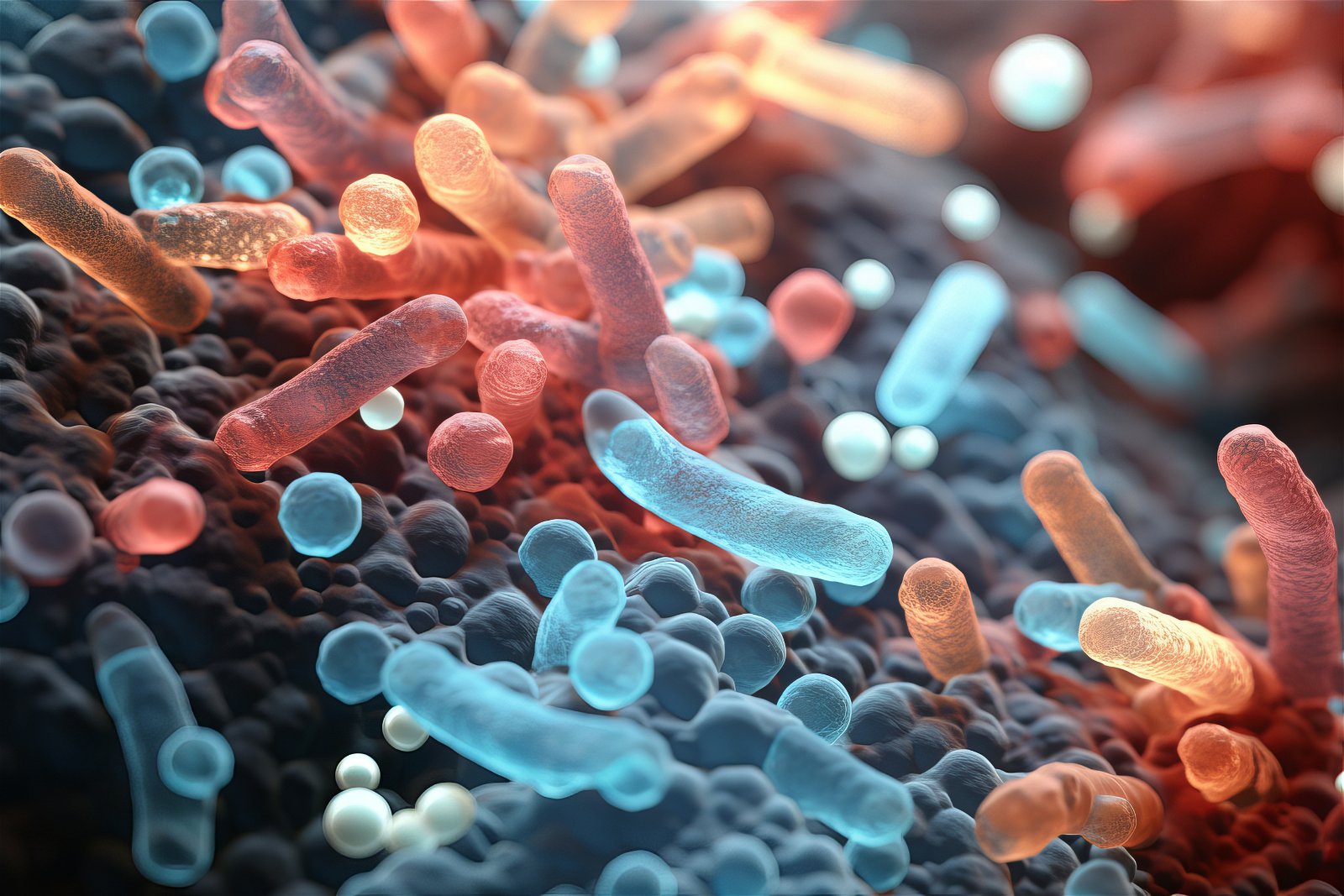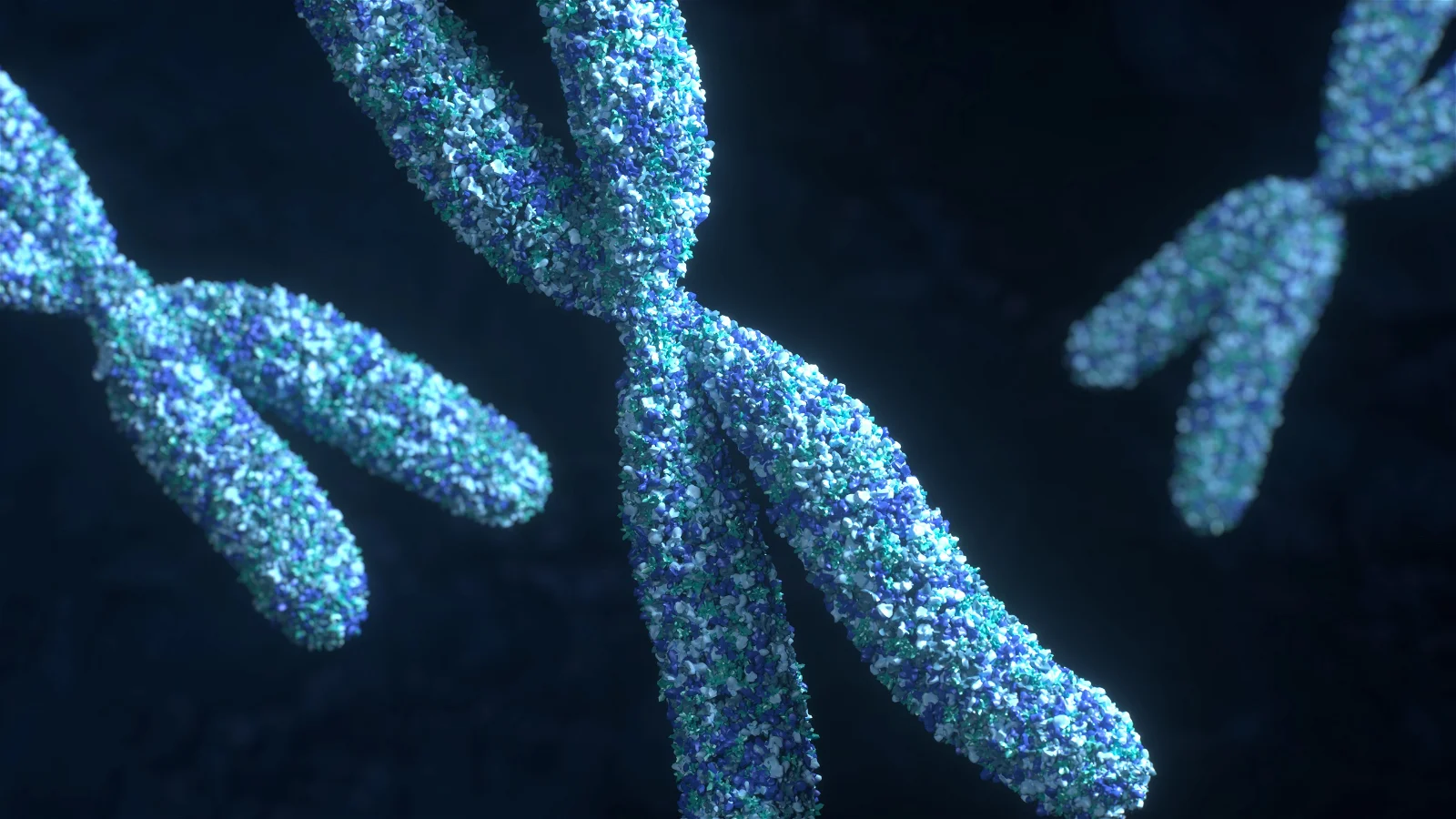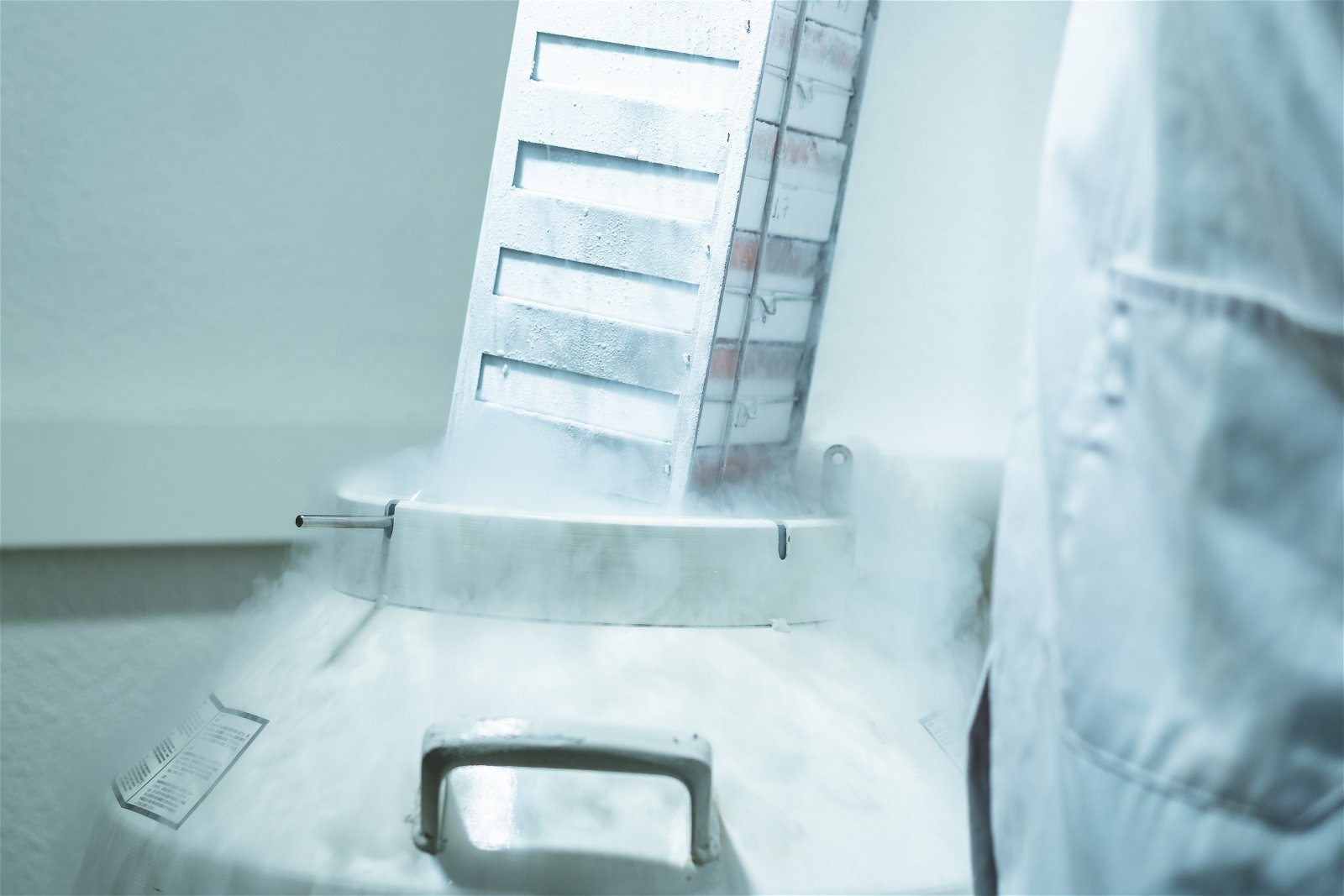Entdecken Sie unsere kompetenten biotechnologischen Dienstleistungen:
Assay-Ready-Zellen, Zellkultur-Scale-Up und genetische Analyse
Assay-Ready-Zellen, Zellkultur-Scale-Up und genetische Analyse
Optimieren Sie Ihr Labor mit Cytion: Unser Angebot an biotechnologischen Dienstleistungen, einschließlich effizienter Assay-Ready Cells, fortschrittlicher Zellkulturskalierung und umfassender genetischer Tests, wurde für höchste Laborproduktivität entwickelt. Von präzisen Mykoplasma-Tests und STR-Analysen bis hin zur Herstellung von Zellpellets und DNA/RNA-Extraktion bieten wir alles an, um Ihre Forschung mit Schnelligkeit und Genauigkeit zu unterstützen und so mehr wissenschaftliche Ergebnisse zu erzielen.
Wir maximieren Ihre Forschungsproduktivität
Unsere umfassenden biotechnologischen Dienstleistungen, von Assay-Ready Cells bis hin zu genetischen Tests, wurden entwickelt, um Ihre Laborarbeit zu rationalisieren
und wertvolle Zeit zu sparen, damit Sie sich auf die wichtigen Durchbrüche konzentrieren können.
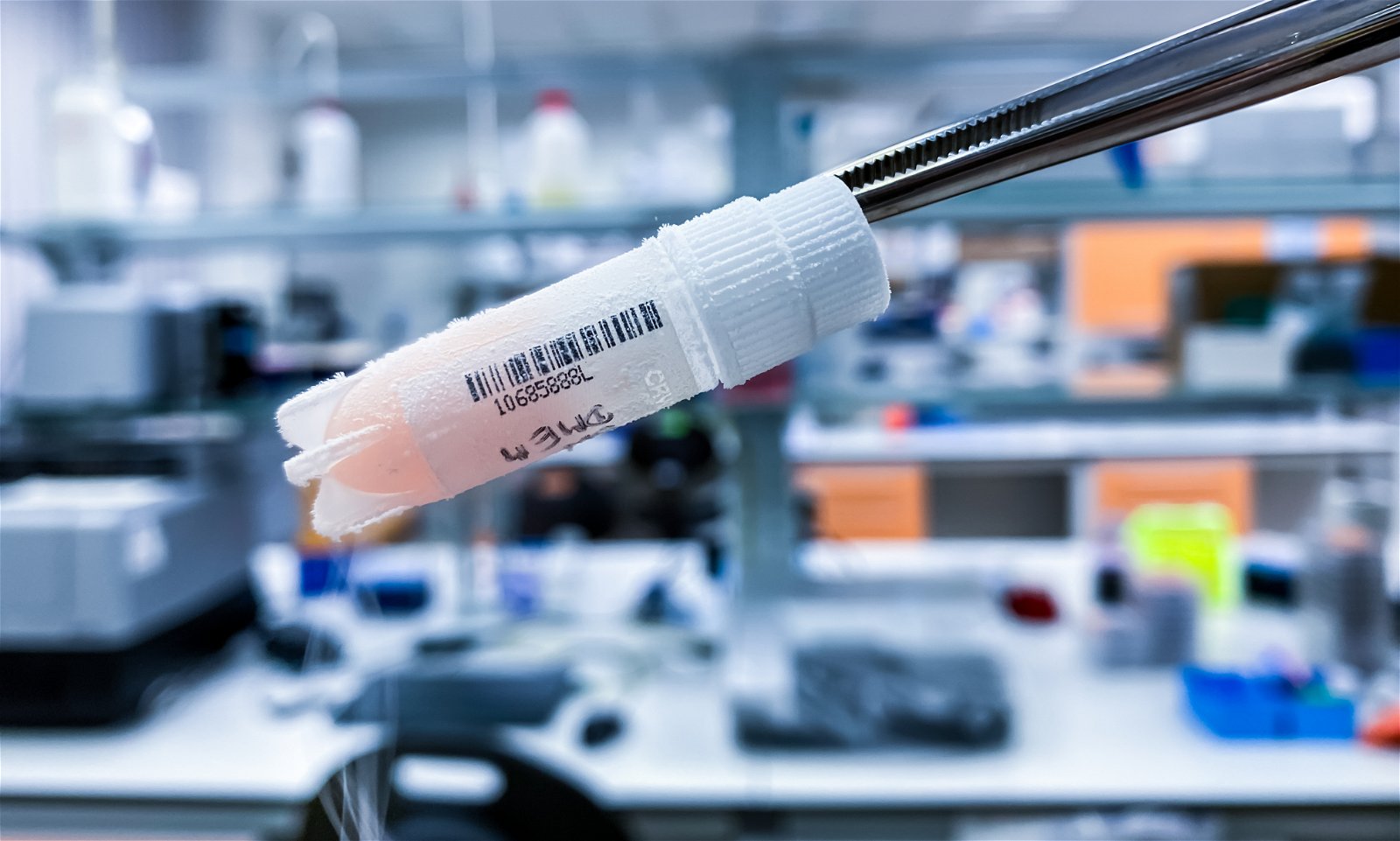
Assay-Ready-Zellen
Herstellung
Wir bieten robuste Dienstleistungen für die Herstellung von Assay-Ready-Zellen unter Verwendung Ihrer Zelllinien oder der Zellen aus unserer Zellbank. Unsere Dienstleistungen umfassen große Chargen von adhärenten und Suspensionskulturen und bieten optimale Forschungswerkzeuge.
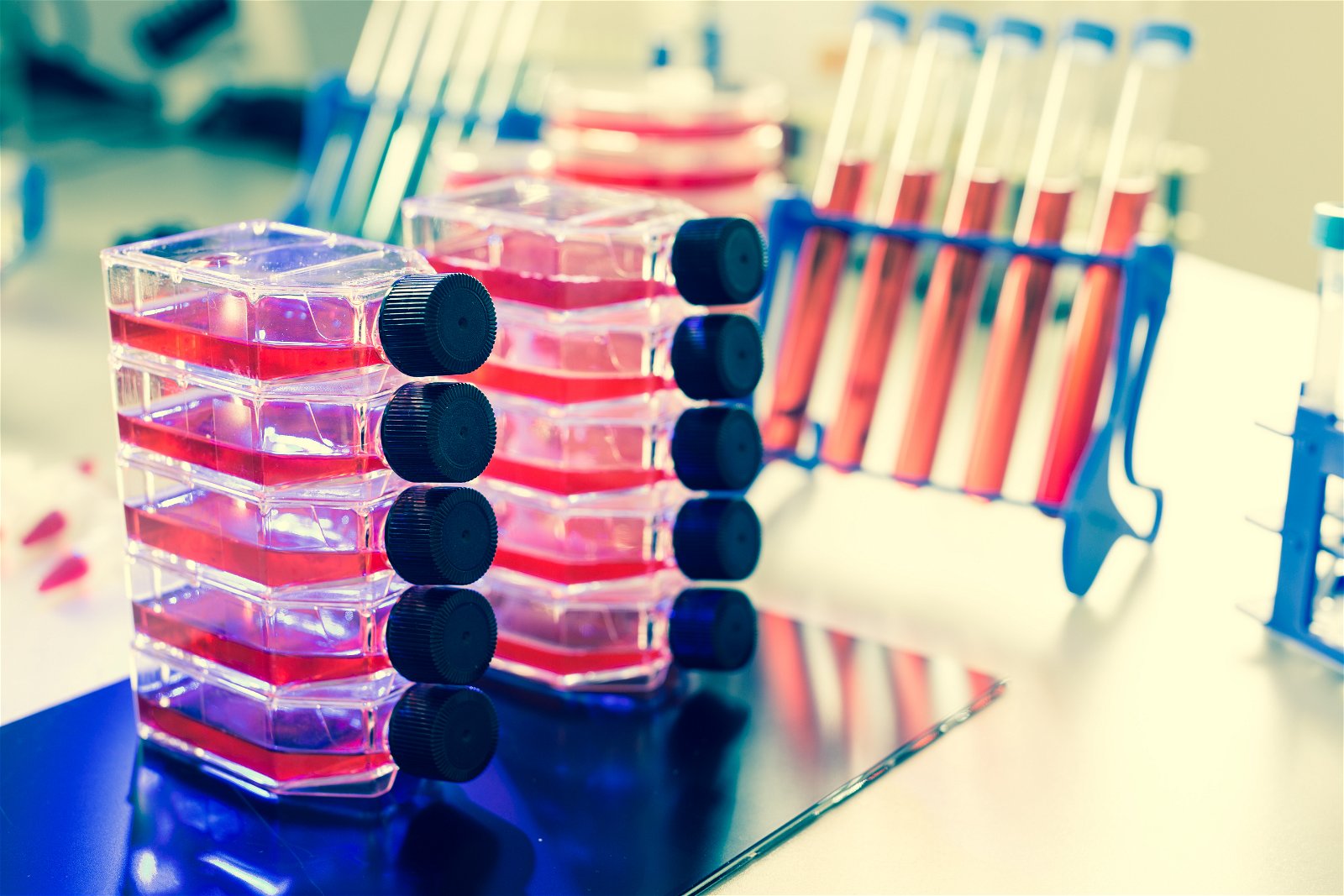
Zellkultur-Scale-Up und Extraktion
Unsere Dienstleistungen umfassen das Scale-up von Zellkulturen und die Extraktion von Pellets, Lysaten oder DNA aus Ihren Zelllinien. Durch die nahtlose Integration dieser Dienstleistungen können wir Ihre Kulturen effizient skalieren und die für Ihre Forschung erforderlichen Materialien herstellen.
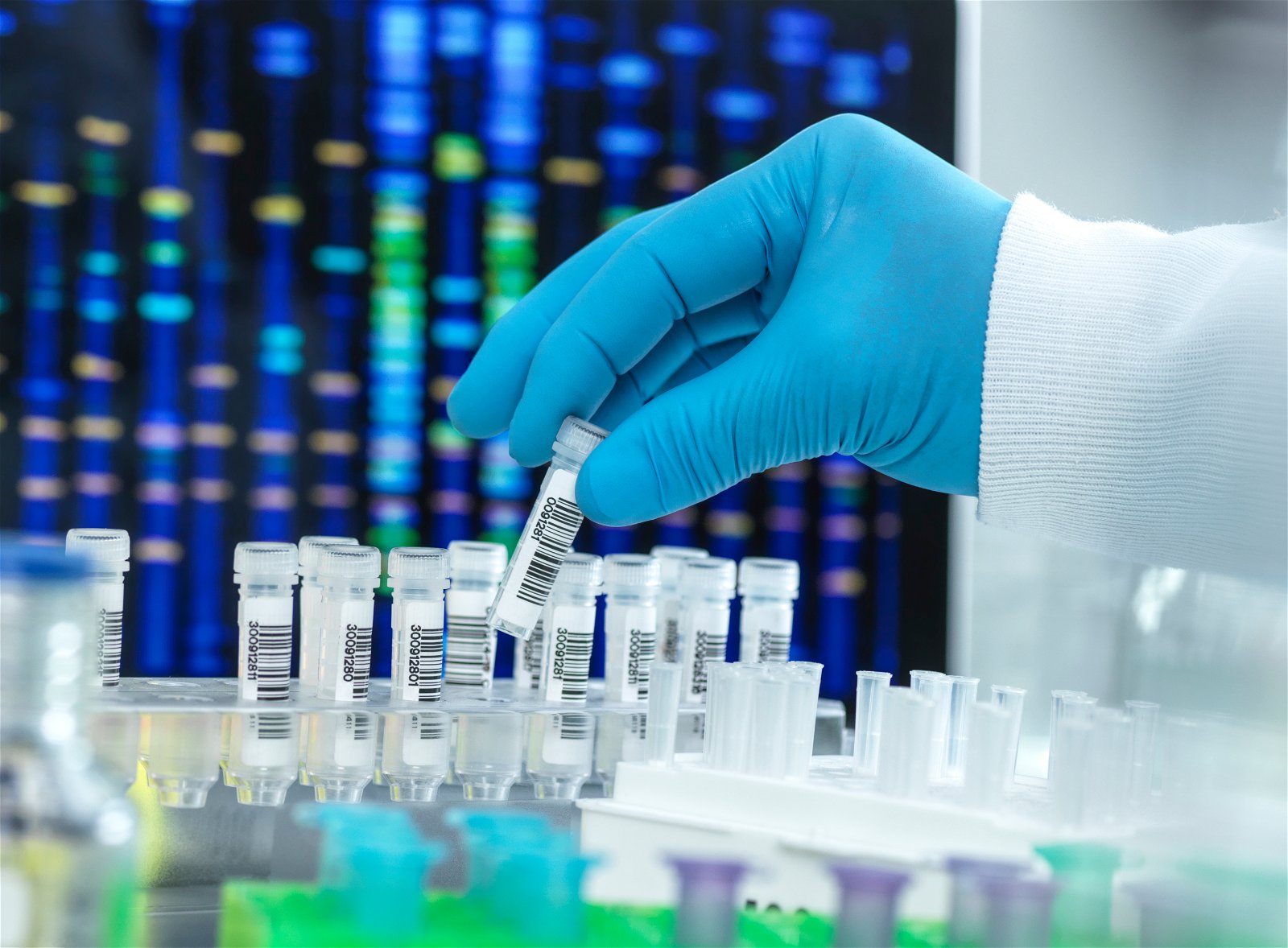
STR-Analyse und Mykoplasma-Tests
Durch die Kombination von STR-Analyse und Mykoplasma-Tests stellen wir die Echtheit und Reinheit Ihrer Zelllinien sicher. Dieser rationalisierte Ansatz bestätigt die Identität und schützt vor Mykoplasmenkontamination in einem effizienten Paket.
Wir machen Zellkulturen, damit Sie sich auf das Wesentliche konzentrieren können.
Wir bieten eine vielseitige Dienstleistung für die Herstellung von Assay-fertigen Zellen an, sowohl für Kunden, die ihre eigenen Zelllinien zur Verfügung stellen, als auch für Kunden, die aus unserer umfangreichen Zellbank auswählen. Unabhängig davon, ob Sie große Chargen von adhärenten oder Suspensionskulturen benötigen, können wir Hunderte von Fläschchen mit diesen gebrauchsfertigen Zellen liefern, um Ihre spezifischen Forschungsanforderungen zu erfüllen.
Wenn sich Ihre Forschungsprojekte weiterentwickeln und größere Mengen an Zelllinien erfordern, stehen Ihnen unsere Dienstleistungen für das Scale-up von Zellkulturen zur Verfügung. Wir setzen hochmoderne Techniken und Geräte ein, um die nahtlose Expansion Ihrer Zellkulturen zu erleichtern und dabei die Integrität und Qualität Ihrer Zelllinien während des gesamten Prozesses zu erhalten.
Für Forschungszwecke in großem Maßstab erstreckt sich unser Fachwissen auch auf die Massenproduktion von Zellpellets. Wir verfügen über die Kapazität und die Fähigkeit, Ihren Mengenbedarf zu decken und dabei die gleichen hohen Qualitäts- und Reinheitsstandards einzuhalten, die Sie von unseren Produkten und Dienstleistungen erwarten.
Die genetische und molekulare Forschung ist häufig auf qualitativ hochwertige DNA- und RNA-Proben angewiesen. Unsere zuverlässigen Dienstleistungen zur DNA- und RNA-Extraktion sind darauf ausgerichtet, Ihnen reines, intaktes genetisches Material zu liefern und sicherzustellen, dass Ihre Experimente aussagekräftige und reproduzierbare Ergebnisse liefern. Vertrauen Sie darauf, dass wir Ihre Forschungsanforderungen mit Präzision und Effizienz erfüllen.
Die Sicherstellung der Gesundheit und Reinheit von Zellkulturen ist in der wissenschaftlichen Forschung von größter Bedeutung. Deshalb bieten wir umfassende Dienstleistungen für Mykoplasmentests* an. Unsere strengen Testprotokolle erkennen und eliminieren jegliche Mykoplasmen-Kontamination und sichern so die Integrität Ihrer Experimente und Daten.
*Nur für EU-Kunden.
Authentizität ist das A und O, wenn es um Zelllinien geht. Unsere speziesspezifische Short Tandem Repeat* (STR)-Analyse ist ein zuverlässiges Instrument, um die Identität Ihrer Zelllinien zu überprüfen und zu bestätigen, dass sie tatsächlich das sind, was sie sein sollen. Dieser entscheidende Schritt in der Qualitätskontrolle gibt Ihnen das Vertrauen in die Genauigkeit Ihrer Forschung.
*Nur für EU-Kunden.
Entdecken Sie unser Angebot an standardisierten Dienstleistungen
Analyseverfahren
CLS bietet sowohl Kurzzeit
- als auch Langzeittests für den Mykoplasmen-Nachweis an. Bei ersterem werden die Proben sofort nach ihrem Eintreffen getestet, während bei letzterem eine Zellkultur angelegt wird und die Zellen nach 14 Tagen antibiotikafreier Kultivierung getestet werden. Die Mykoplasmentests werden mit einem Zwei-Punkt-Nachweissystem durchgeführt, das sowohl das PlasmoTest™
- Mycoplasma Detection Kit (Invivogen) als auch das Certus QC
- mycoADVANCED detection kit (Certus) umfasst.
Proben
Für den Schnelltest ist eine Zellsuspension von mindestens 50 µl mit 50.000 Zellen erforderlich. Die Zellsuspension kann bei Raumtemperatur verschickt werden.
Für den Premium-Test liefern Sie bitte mindestens 1 Million Zellen in einem geeigneten Einfriermedium, um eine robuste und gesunde Kultur für die Kultivierung und den anschließenden Test der Zellen zu gewährleisten. Bitte versenden Sie die Proben auf Trockeneis.
Kolorimetrischer Reporter-Assay
Dieser Test ist ein zellbasierter kolorimetrischer Assay. In Gegenwart von Mykoplasmen induziert eine Reporterzelllinie eine Signalkaskade, die einen Farbwechsel des Mediums von rot nach blau auslöst. Der Assay wird in 96-Well-Multiwell-Platten durchgeführt. Die Signale werden in einem Mikroplatten-Spektrophotometer bei 620-655 nm nachgewiesen. Alle Mykoplasmen
- und Acholeplasmaspezies, aber auch andere Kontaminanten in Zellkulturen wie Bakterien, werden nachgewiesen.
Isotherme Amplifikation
Die isotherme Amplifikation ist ein schneller und zuverlässiger Test, der auf der isothermen Amplifikation mykoplasmenspezifischer DNA in Kombination mit einem Echtzeitnachweis unter Verwendung eines DNA-interkalierenden Farbstoffs beruht. Mit dem Test lassen sich sechs der häufigsten Spezies nachweisen, die für >95 % der Kontaminationen verantwortlich sind: M. orale, M. hyorhinis, M. arginini, M. fermentans, M. hominis und A. laidlawii. Aufgrund der Sequenzhomologie werden auch andere Mykoplasmenarten nachgewiesen (M. pneumoniae, M. gallisepticum und M. synoviae). Um festzustellen, ob die Probe mykoplasmenpositiv oder -negativ ist, wird die Schmelztemperatur (Tm) untersucht.
Unsere Dienstleistungen umfassen
Authentifizierung von Zelllinien
Vergleich mit Online-Datenbanken
Veröffentlichungsfertiger Analysebericht
Einfach zu verwenden
Bitte laden Sie das Auftragsformular für die Zelllinien-Authentifizierung herunter und legen Sie das ausgefüllte und ausgedruckte Blatt Ihrer Probensendung bei.
Bitte senden Sie uns die Proben in einem gepolsterten Umschlag bei Raumtemperatur zu.
Für gDNA liefern Sie uns bitte ≥ 50 μl von 50ng/μl gDNA in Tris oder EDTA (10 mM Tris, 0,1 mM EDTA).
Für Zellpellets liefern Sie uns bitte 1,0-5,0 Millionen Zellen als Zellpellet. Bitte zweimal mit PBS waschen und in 0,5 ml 70-90%igem Ethanol resuspendieren.
Marker
Menschliche Zellen werden mit dem PowerPlex-System von Promega mit 16 STR-Markern typisiert.
Mauszellen werden mit 18 STR-Markern typisiert.
Rattenzellen werden mit 14 STR-Markern und einem geschlechtsspezifischen Marker typisiert.
Hundezellen werden mit 11 STR-Markern typisiert.
Hamsterzellen werden mit 10 STR-Markern typisiert.
Ergebnisse
Sie erhalten die Ergebnisse innerhalb von 2 Wochen per E-Mail. Die Ergebnisse beinhalten den Vergleich der Daten mit der Cellosaurus-Datenbank. Die Zelllinie wird als authentisch oder falsch identifiziert eingestuft.
Kurze Tandemwiederholungen (STRs)
Ein DNA-Motiv von 2-13 Basen, das bis zu mehreren hundert Mal wiederholt wird, bildet eine kurze Tandemwiederholung (STR). Die individuelle Variabilität in der Anzahl der Wiederholungen in einer STR führt zu Variationen in der Länge der produzierten Fragmente, wenn PCR eingesetzt wird. Die Zelllinien werden anhand dieser Variationen der Fragmentlängen an mehreren Loci profiliert.
Nachweis von Zelllinienmischungen
Es ist möglich, die Kontamination einer Zelllinie durch eine oder mehrere zusätzliche Zelllinien bis zu einer Häufigkeit von 10 % der kontaminierenden Zelllinie zu erkennen. Zelllinienkombinationen liefern typischerweise STR-Profile mit drei oder mehr Peaks für einen einzelnen oder mehrere Loci.
Darüber hinaus bieten wir Ihnen die Möglichkeit, die Zellen für Ihre Forschung zu erweitern, wann immer Sie sie benötigen.
Das Einfrieren von Zellen ist ein idealer Notfallplan für den Fall, dass in Ihrer Zellkultur Probleme auftreten, sei es durch Kontamination oder genetische Veränderungen während längerer Passagen. Außerdem bietet sie eine kostengünstige Alternative zur laufenden Zellkultur. Auf Wunsch können wir die Identität Ihrer Zellen durch einen genetischen Fingerabdruck (STR-Analyse) feststellen, so dass Sie sie jederzeit identifizieren können. Darüber hinaus führen wir vor dem Einfrieren eine Analyse auf mögliche Verunreinigungen, insbesondere Mykoplasmen, durch und können bei Bedarf eine antibiotische Behandlung durchführen, um die Zellen von Mykoplasmen zu befreien.
Seien Sie versichert, dass wir Ihren Auftrag und die Lagerung Ihrer Zellen mit äußerster Vertraulichkeit und Sorgfalt behandeln.
Unsere Dienstleistungen umfassen:
Festpreis für die Lagerung von 100 Kryovials pro Monat
Schonendes Einfrierverfahren
Vertrauliche Lagerung
Anforderungen:
Die Zellen müssen auf die Abwesenheit von Mykoplasmen getestet sein (diese Dienstleistung kann über CLS organisiert werden) und eine Biologische Schutzstufe von 2 oder darunter aufweisen.
Die folgenden Dienstleistungen sind gegen eine zusätzliche Gebühr erhältlich:
Versand von gelagerten Zellen zu jeder Zeit
Zellexpansion
STR-AnalyseMykoplasma-TestsVirustests
Vertrauen Sie darauf, dass wir Ihre wertvollen Zellbestände schützen und ihre langfristige Lebensfähigkeit gewährleisten.

